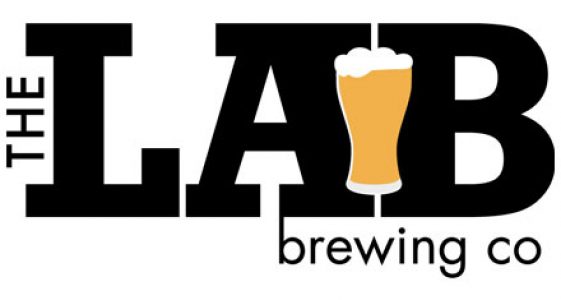

This setup can be more elaborate, depending on your needs. Some spectrometers have a reference cell built in. Use the same cuvette for the sample and reference tests.Ī good UV-vis spectrophotometer can cost between $1,200 and $3,500.ĭistillation tests measure ABV.
Always let the spectrophotometer warm up for 30 minutes to an hour. Quartz is a good transmitter of UV light. Use quartz cuvettes, which provide more durability than plastic or glass. This critical piece of equipment can be used for a variety of tests including: color, taste, bitterness, and total carbohydrates.Ī few tips for using a spectrophotometer: The air bubbles can scatter the light.Ī good turbidity sensor can cost between $600 and $900. Stability problems can be identified if the samples incubated at hot and cold temperatures are different than the one at room temperature.ĭegas samples for this test, too. To use a turbidity sensor, incubate a degassed beer sample at three different temperatures - usually 0° C, room temperature, and 55° C. This sensor passes light through the sample and measures how much light is scattered, which helps identify chill haze and gauge long-term stability. For a demonstration of calibration and cleaning, watch the recorded webinar. The carbon dioxide can interfere with the reading.Ī good pH meter should cost between $150 and $400. When running samples, degas beer samples. If you see another drop at that stage, it can indicate bacterial contamination. It’s good to check the mash and wort pH after fermentation. The pH will drop in the first 24 hours after fermentation. As you are lagering and storing beer, a pH meter can help check the beer. The more acidic a solution, the more hydrogen ions it will have. As temperature changes, so does pH. It’s best to have the sample as close to room temperature as possible. If possible, purchase a pH meter with automatic temperature controls.Ĭalibrate the sample every day before running samples. 
The Siebel Institute of Technology recently held a webinar outlining the essential equipment needed for building your analysis toolkit featuring Eymard Freire from Siebel and Katie Strain, laboratory services manager of Alcoholic Beverage Quality Assurance/ Quality Control and a lecturer in the School of Hospitality at Metropolitan State University of Denver.Įvery lab must have a pH meter. This measures hydrogen ion concentrations.






 0 kommentar(er)
0 kommentar(er)
